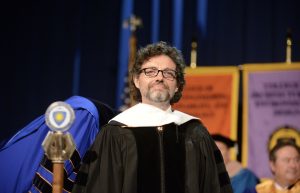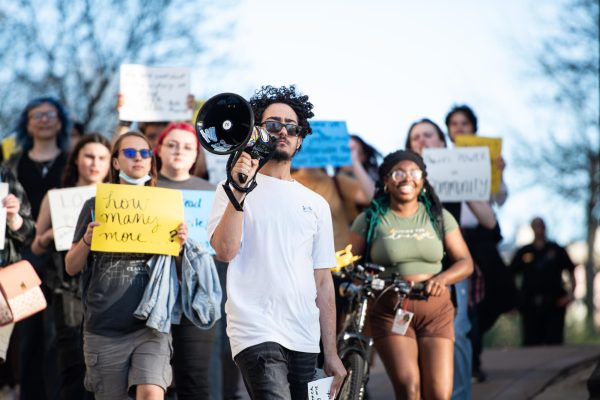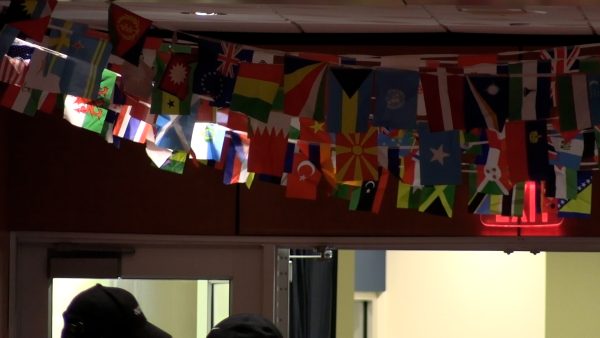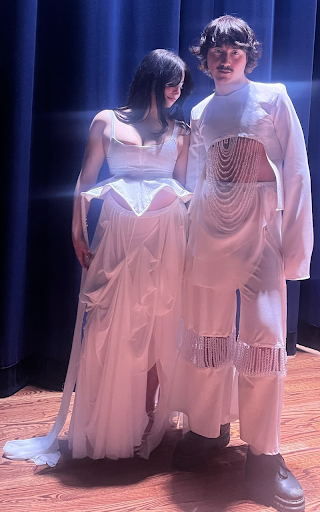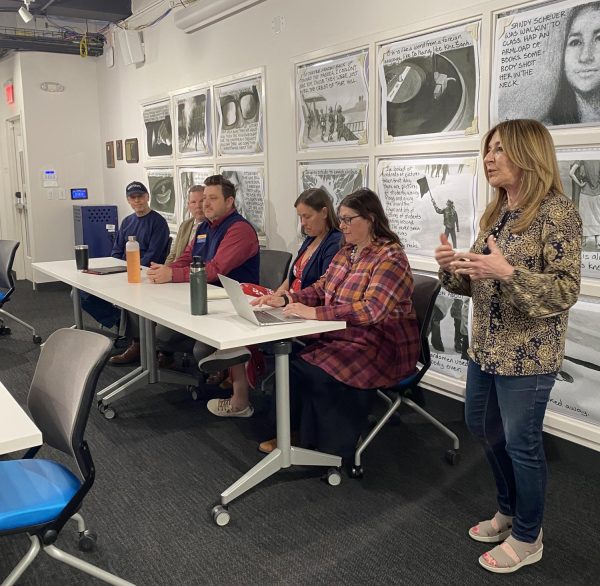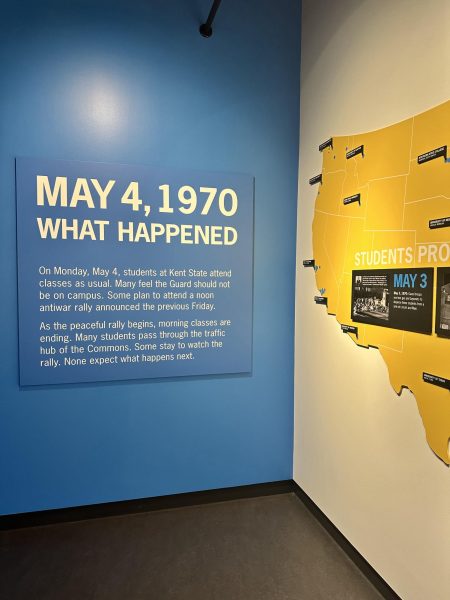New biology professor making strides in cancer vaccine development
December 10, 2010
New biology professor making strides in cancer vaccine development
Based on rates from 2005 to 2007, 40.8 percent of people born today will be diagnosed with cancer of all sites during their lifetime, according to the National Cancer Institute’s website.
Gary Koski, assistant professor of biology and alumnus, is doing research to develop a vaccine treatment for cancer based on an earlier clinical trial.
Koski, who came to Kent State from the Cleveland Clinic this year, worked with Brian Czerniecki, a surgical oncologist at the University of Pennsylvania to do clinical trials on early stage breast cancer patients.
The trial of 30 patients, although too small to provide definitive conclusions, appeared promising, with less severe side effects than some treatments already approved by the Food and Drug Administration, Koski said.
“We think that we’re on the right path to make a future treatment,” he said.
Koski studies how to best control the cells involved in the vaccine treatment in his lab at Kent State. He said he hopes to have students working with him next semester.
James Blank, chair of the Department of Biological Sciences, said student involvement always enhances research labs.
“The best, dynamic labs you see have undergraduates working beside graduate students working beside post-doctoral fellows with an investigative research scientist like Gary Koski,” he said. “There’s a synergy there that, when you get all those elements, really the machine just cranks it out.”
The vaccine Koski and Czerniecki aim to create would be personalized for the patient and used as another option for treatment.
Koski said vaccines are known to be extremely successful in dealing with other diseases.
“Vaccines are probably the most cost-effective treatment that has ever been invented by man,” he said.
Blank said treating diseases without doing surgery is better.
“(Koski) is using new approaches to help the body’s natural defense mechanisms recognize cancer cells and kill them,” he said.
Blank also said vaccine research could eventually make cancer much less prevalent.
“We’ve really helped treat cancer in better ways, but people still get it and one of the major causes of many deaths is cancer,” he said. “Developing vaccines for cancer is one of the primary approaches to helping cure all cancers.”
Omer Koc, a doctor in the Regional Oncology department at the Cleveland Clinic, said the majority of patients are cured by chemotherapy or surgery, but the research of alternative treatments provides more opportunities.
Koc said research can take 20 to 25 years including eight to 10 years for clinical trials.
Koski said it’s challenging to get the body’s immune system to attack cancer cells. The immune system doesn’t recognize cancer cells as it would an infection because they’re created from normal cells that have defects, which cause them to multiply at an abnormal rate.
“(Cancer cells) are like a car with the accelerator pedal stuck to the floor,” Koski said.
In the clinical trial, Koski and Czerniecki attempted to train the body’s immune system to react to certain cancerous cells the same way it would react to an infection.
“If we’re very lucky, we should be able to take away all of the tumor,” he said. “If we’re less than lucky, part of it is gone, leaving behind less-aggressive cells.”
Koski said this research works with the future of diagnosing and treating patients at earlier stages of the cancer.
“Now with greater education and greater awareness, we’re catching cancer earlier and earlier,” he said. “Twenty years from now, we’re going to routinely catch cancers at early stages.”
Since the vaccine mimics an infection, common side effects include those related to an infection, such as fever, chills and headaches, Koski said.
However, since tissues in the heart produce the same protein that is overproduced in one-third of all breast cancers (called HER2/neu), there is a risk of a serious heart damage, he said.
In the clinical trial, this side effect occurred in 10 percent of the patients, the same statistic as patients on Herceptin (Trastuzumab), an approved cancer treatment drug that also targets the HER2/neu protein. When these symptoms occur in patients on Herceptin, the doctor immediately stops the treatment and often prescribes additional drugs to prevent further damage. In Koski and Czerniecki’s trial, the side effects were more mild and normal cardiac function returned without additional treatment.
Blank, whose mother had chemotherapy, said the side effects of treatments used today take a serious toll on the patient.
“The effect on the individual can be quite devastating,” he said. “You basically bring the person to the brink of what they can tolerate. It’s like using a shotgun to kill a fly. You get the fly, but you get a lot of other stuff around it, too. The vaccine is highly targeted.”
Cancer treatments used now include surgery, chemotherapy, radiation therapy, bone marrow transplantations and hormone therapy, Koc said.
“Sometimes if the cancer spreads, these treatments cannot cure the cancer, only prolong their life,” Koc said.
Koski’s research at the molecular level aims to treat cancer at its core.
“If you really want to stop cancer in its tracks, you want cells to stop this uncontrolled division that (the cells) go through when they create a tumor,” Blank said. “We all know someone touched by this.”
Koski plans to continue researching how the vaccine could be made practical for widespread use.
Contact Alyssa DeGeorge at [email protected].









